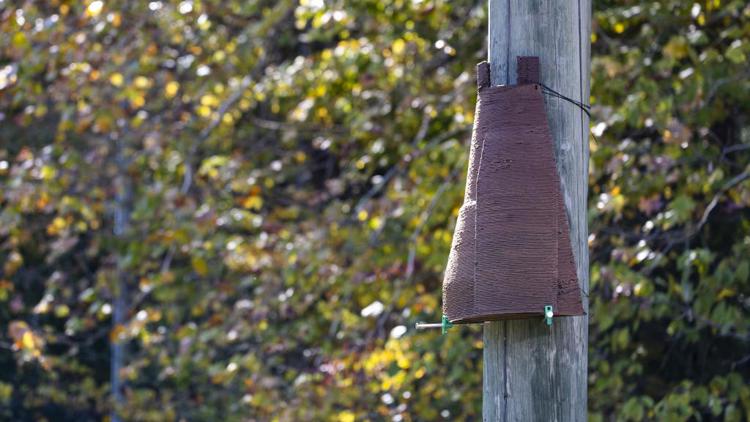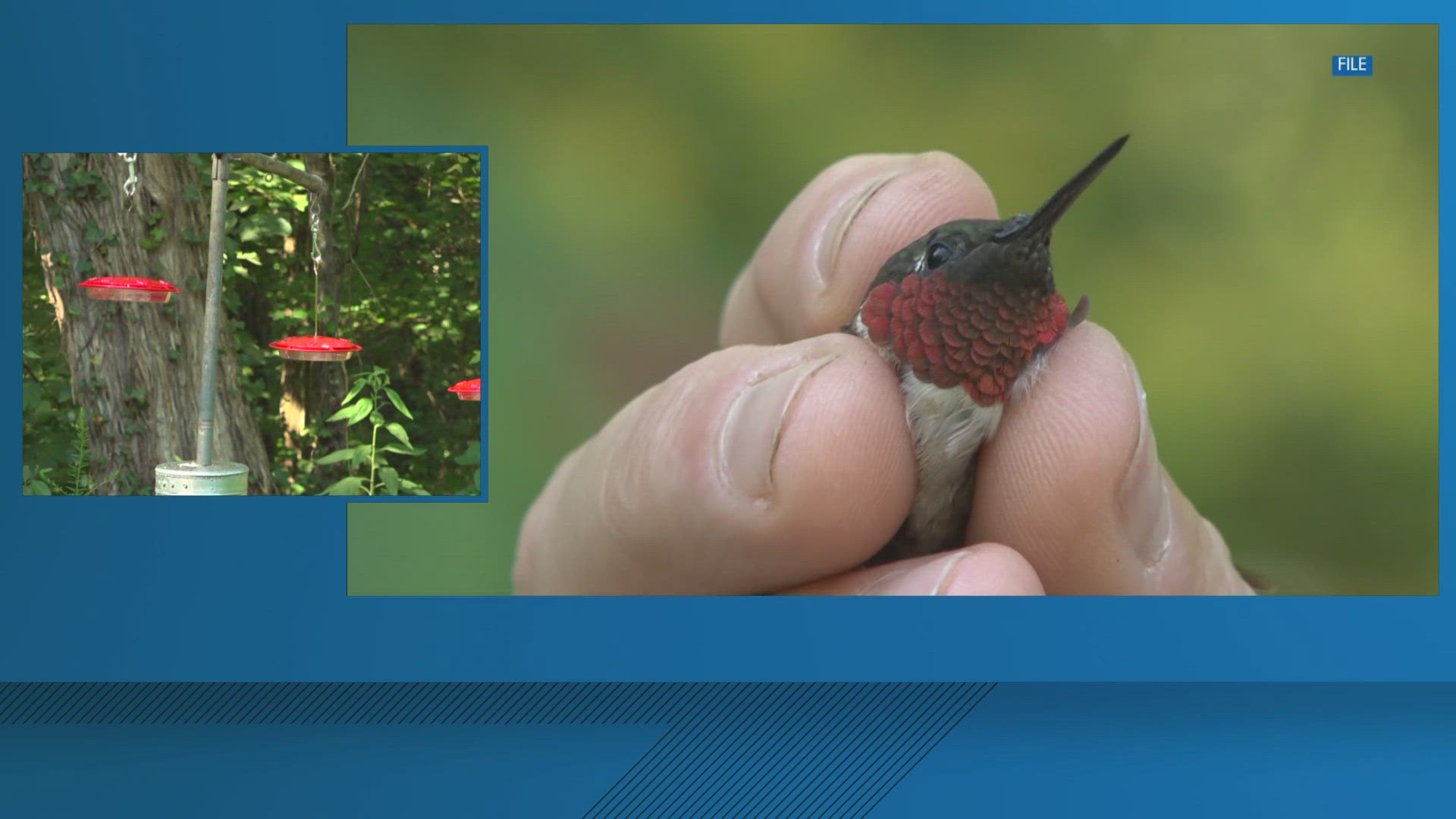OAK RIDGE, Tenn. — Researchers at the Oak Ridge National Laboratory (ORNL) are using 3D printing to create habitats for endangered bats.
According to ORNL, scientists are using bioderived material to 3D print custom living space for the animals. The material is made from pine wood flour and polylactic acid polymer, researchers said. ORNL leaders said the material has the potential to be used in other artificial habitats like bird boxes and bee hotels.
They said the eco-friendly structures offer a sustainable alternative to synthetic materials for the artificial habitats. The habitats also promote better wildlife health and encourage natural bat behavior. Scientists with ORNL said traditional artificial habitats can lead to high population densities by failing to encourage bats to leave when the site becomes unviable.
“Attracting a large number of an endangered species to one area carries significant risks, from disease to catastrophic weather events, which could wipe out the entire population,” ORNL Wildlife Ecologist Evin Carter said in a press release.
The lab is also designing new structures to limit the number of bats per habitat in order to more closely mimic nature.
According to research published by the North American Bat Conservation Alliance in 2023, 52% of bat species in North America are at risk of extinction in the next 15 years. Experts say the top threats to the species are climate change, habitat loss, wind energy and a bat disease called white-nose syndrome.



